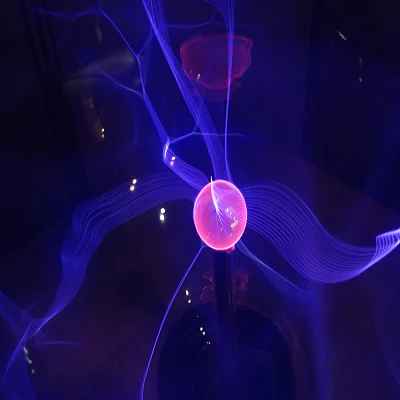In the intricate world of quantum mechanics, where electrons dance to the beat of their own rules, scientists have uncovered yet another marvel: the fractionalization of electronic charge. In a groundbreaking study led by the Paul Scherrer Institute, researchers have spectroscopically observed this phenomenon in an iron-based metallic ferromagnet, marking a significant milestone in both fundamental physics and potential technological applications. Published in the prestigious journal Nature, this discovery unveils the bizarre behavior of electrons in a common alloy, opening doors to new frontiers in electronic devices.
The journey into the realm of charge fractionalization begins with the exploration of exotic materials known as kagome metals. These materials, characterized by a lattice structure resembling a Japanese woven bamboo mat, create unique environments where electrons cease to follow conventional laws and begin to interact collectively. In the case of Fe3Sn2, an alloy composed of iron arranged in the kagome pattern, researchers observed unprecedented electronic behavior that defied traditional theoretical predictions.
Employing advanced laser angle-resolved photoemission spectroscopy laser ARPES techniques, the research team delved into the electronic structure of Fe3Sn2 with unparalleled precision. Their goal was to confirm the existence of flat bands—a peculiar feature predicted for this ferromagnetic material. However, what they discovered surpassed their expectations: a mysterious dispersive band interacting with a flat band, giving rise to a novel electronic state never before observed spectroscopically.
At the heart of this enigmatic phenomenon lies charge fractionalization—an astonishing concept where electrons split into independent entities, each carrying only a fraction of the fundamental unit of charge. When the dispersive band and the flat band intertwine to form a new hybrid band, the original charge is divided between them, leading to a fractionalization of charge that defies classical understanding.
The implications of this discovery extend far beyond the realm of fundamental physics. While charge fractionalization has been previously observed in controlled laboratory settings, its emergence in an alloy of common metals at accessible temperatures opens the door to potential applications in electronic devices. By harnessing the peculiar behavior of electrons in materials like Fe3Sn2, researchers envision the development of novel electronic components with enhanced functionalities and capabilities.
As Gabriel Aeppli, head of the photon science division at PSI and professor at EPFL and ETH Zurich, highlights, “Achieving and observing states in which charge is fractionalized is exciting not only from the perspective of fundamental research. We observe this in an alloy of common metals at low but still relatively accessible temperatures. This makes it worthwhile considering whether there are electronic devices that might exploit fractionalization.”
The spectroscopic observation of charge fractionalization in Fe3Sn2 not only deepens our understanding of quantum mechanics but also paves the way for transformative advancements in electronic technology. As scientists continue to unravel the mysteries of the quantum world, the possibilities for innovation and discovery are limitless.
